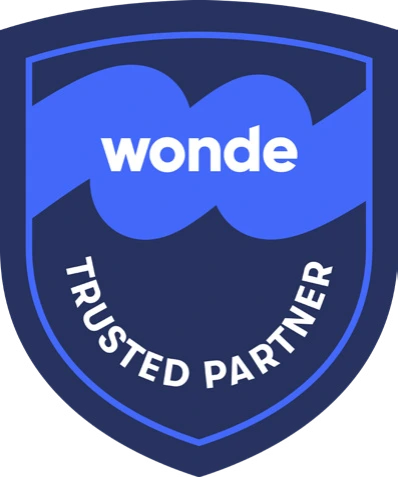Looking for a survey?
How kind is our school? Tips for creating a kinder school community

Do you think of kindness when you remember your school days?
For some of us there will be warm memories of fun, laughter, and friendship, of treasured teachers who believed in us or helped us through difficult times. Sadly, as a charity that supports children and families impacted by bullying, we know that for many people, memories of school can also be tinged with sadness, fear and shame.
School life can be a source of great joy or of great pain. This is reflected in the increasing duties on schools to safeguard children from harm within the school environment. The recent spotlight on experiences of sexual harassment in schools is one example of the challenges of school life, and we are in touch with children every week who experience emotional and physical abuse, loneliness, and social exclusion.
There are challenges with the education system, that make it hard for kindness to thrive. These include institutional practices, hierarchies and structures that can discriminate and reinforce shame. There can also be an overemphasis on academic achievement at the expense of social and emotional development. However, we believe there are steps we can all take to create a kinder school community.
Five steps for creating a kinder community:
Ethos
It starts with agreeing as a community what you want to be. Does your vision and ethos include a focus on kindness and is this clear in all that you say and do? Is it apparent to a new child or a visitor coming into your community that kindness matters to you? How would they know? What do they see, hear, sense and experience? How do people talk to one another? How safe does it feel as you move around the school? What’s happening at the gate or the bus stop?
Listening
How do people in your school community understand and experience kindness? Consult with all members of the community to understand how they experience kindness. This helps you assess your strengths and areas of challenge. Kidscape has worked in partnership with Bounce Together to produce free kindness surveys that schools can use to measure experiences of kindness.
Doing
How do you show kindness in action? This is a good question to ask staff and pupils as you come together to look at what is working well, and what needs to change. Are staff positive role models? What can staff and pupils do to create a kinder community? Together you could draw up a kindness charter to reinforce positive behaviour and reward kindness in your school.
Educating
First and foremost, children learn from what they see and experience which is why formal education on kindness is only one step in creating a kind community. However, lesson time can be a good way to think creatively about kindness – be that self-care or care for one another.
Reflecting
There isn’t a one-time kindness fix. Kindness takes patience, practice, and reinforcement. We all make mistakes, and it’s vital to create a reflective and forgiving culture where you can hold one another to account, without fear of shame or social exclusion.
“Kindness is more important than wisdom, and the recognition of this is the beginning of wisdom.” ― Theodore Isaac Rubin
Kidscape and BounceTogether are providing FREE Kindness Surveys to all schools in the UK to help them prepare for Anti-Bullying Week (15-19 November). The BounceTogether platform includes immersive technology which supports access for community members with additional needs and/or English as an additional language. Our free Kindness Surveys will be available until 19 November 2021.
Find out more about our free Kindness Survey.




